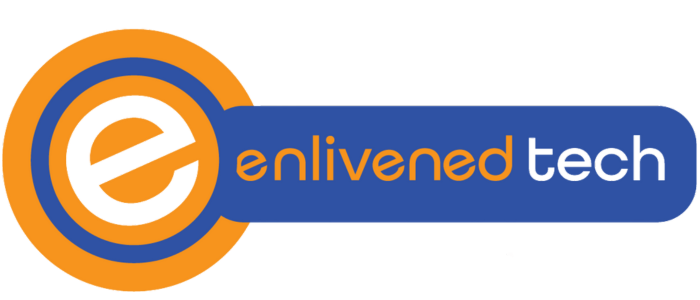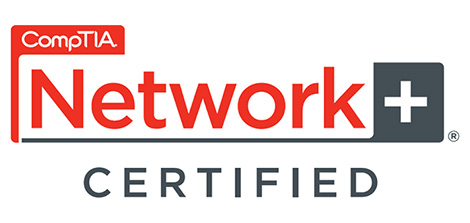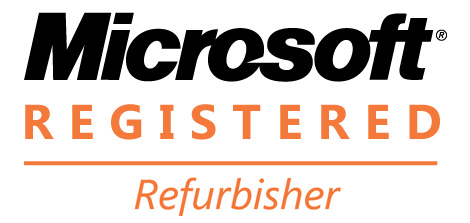What is ITAD?
We live in unique times. The COVID pandemic started a cascade of challenges to keeping your company’s IT systems productive and up to date. Facing chip shortages, inflation, supply chain disruptions, and environmental concerns, companies need to have a comprehensive plan for their entire IT lifecycle. This plan must include a strategy for procuring low-cost equipment, refreshing and maintaining that equipment, and recouping the maximum value out of that equipment as it ages.
IT asset disposition, commonly referred to as ITAD, is the critical tail end of this lifecycle strategy. ITAD is the process of properly decommissioning, recycling, and disposing of IT hardware as it reaches the end of its usable life.
It is essential to realize that ITAD is much more than just IT asset disposal. A well-run ITAD program extends the life of assets, reuses whatever components are still valuable, and then disposes only of what is completely unusable. As such it is both cost-effective and can even serve as an additional form of revenue for your organization.
Some larger companies have internal teams to handle the IT disposition process. However, most corporations are finding it increasingly cost-effective to outsource this process to specialized ITAD providers.
How ITAD Works
While it may seem that ITAD is only an afterthought that you consider when you are ready to dispose of old equipment, it is a critical part of your overall IT lifecycle strategy. It gives you a clear picture of which of your devices may be nearing a point where they need to be decommissioned. Thus, it allows you to find the most cost-effective means of maintaining your overall IT performance.
IT asset disposition is comprised of two steps. First, the ITAD providers wipe the equipment clean of all identifying features. Your company tagged new IT devices after they purchased them to make them easy to keep track of. ITAD reverses this process to ensure that no asset tags remain on any of the equipment. Technicians then destroy all the data stored in the devices.
Next, there is a complete audit of each piece of equipment. Technicians thoroughly inspect each component to assess its condition and value. Once the audit is complete, each component will be used for one of three options:
- Remarketing: Many machines and components can have a second life with a few simple upgrades or refurbishments. When this is the case, your assets go from waste to marketable products. ITAD providers find buyers around the world interested in purchasing these components. You receive a share of the resulting income. Your old equipment stays out of the landfill, and you gain a new stream of revenue.
- Redeployment: In a fashion like remarketing, the ITAD provider finds the components of your old equipment that still have useable life. Technicians refresh these components and use them redeployed them in equipment used in your own organization. This process prevents the elimination of IT assets that still have value.
- Recycling: When a component has reached the end of its lifecycle, it needs to be responsibly disposed of. Be sure that your ITAD provider uses advanced disk sanitation methods to ensure the removal of all data. After the data wipe, technicians crush, shred, and recycle the material. At this point, your ITAD provider should guarantee EPA compliance and be environmentally responsible.
How We Can Help
At Enlivened Tech, we can help you develop a strategy for managing the entire lifecycle of your IT equipment. Our ITAD services are a critical part of this process. If you would like to learn more about ITAD services for your company, fill out the form below, or give us a call at (513) 617-4822. We will give you a free evaluation of your IT systems and help you map out the ITAD process for your company






